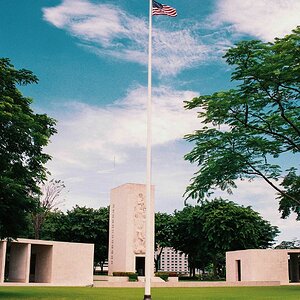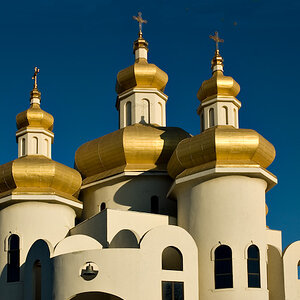canonkid
TPF Noob!
- Joined
- Sep 10, 2012
- Messages
- 2
- Reaction score
- 0
- Location
- Somewhere in kalamazoo
- Can others edit my Photos
- Photos OK to edit
Hi i was just looking to see if someone could help me, basically i would like to make a star trails time lapse like this Startrail Timelapse Compilation - Nevada Nights - YouTube i know how to make time lapses and star trails (ive done it before) but i dont really know how to edit these photos to make it like that if someone could help me out that would be great  i use final cute express Thanks
i use final cute express Thanks


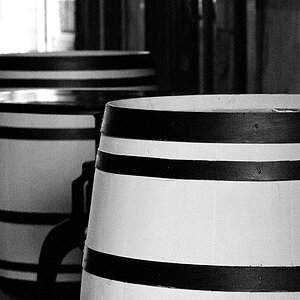
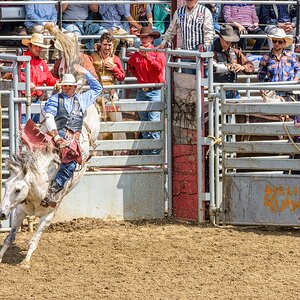
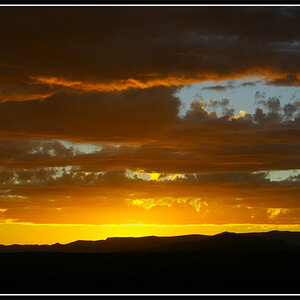

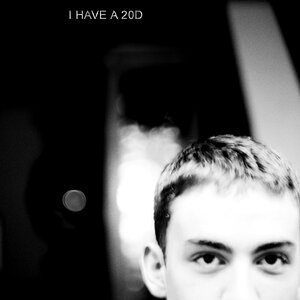


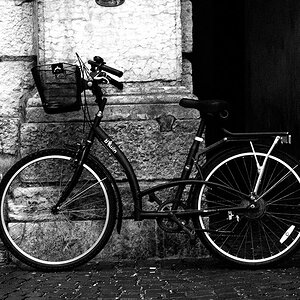
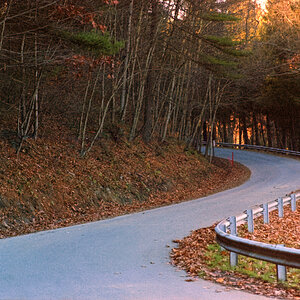
![[No title]](/data/xfmg/thumbnail/39/39491-353a6df9b207e97dadcdce4f98248fcd.jpg?1619739051)
